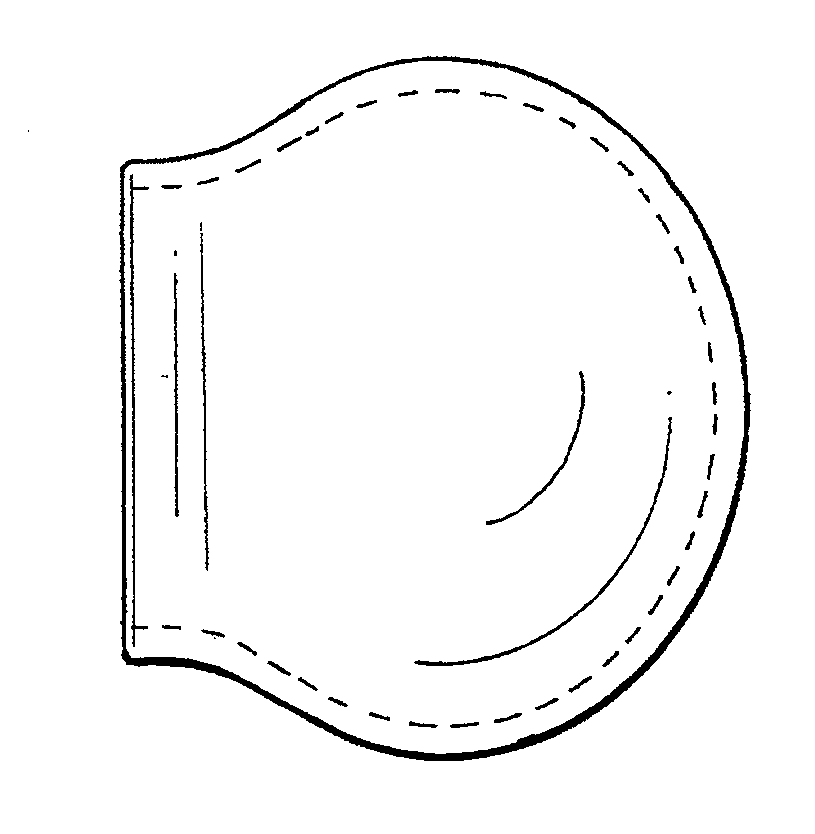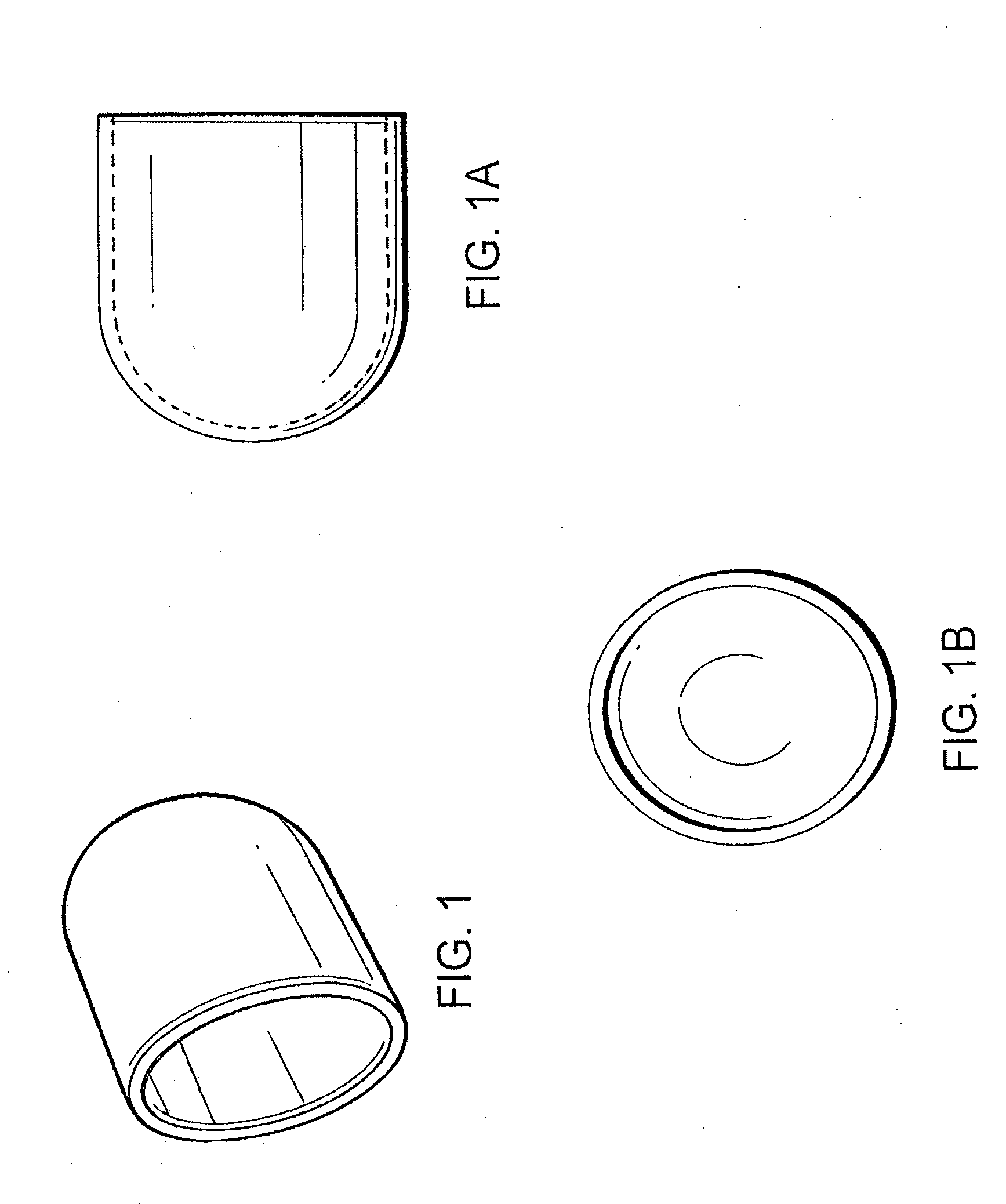Collagen biomaterial for containment of biomaterials
a biomaterial and collagen technology, applied in the field of collagen biomaterials, can solve the problems of small porosity disproportionally reducing mechanical properties and general strength decrease, and achieve the effects of weak collagen structure, stronger/stiffering collagen membrane, and increased strength
- Summary
- Abstract
- Description
- Claims
- Application Information
AI Technical Summary
Benefits of technology
Problems solved by technology
Method used
Image
Examples
Embodiment Construction
[0036]The bone defect site may be formed spontaneously; it may be caused by traumatic fracture, or it may be intentionally produced by the surgeon, using a balloon catheter or some other such device designed to make a void in bone. As shown in FIG. 3, the collagen membrane containment member has a generally balloon or capsular configuration, but it should be understood that the membrane could as well have other shapes including an oval, flat or generally triangular configuration.
[0037]The membrane can be easily trimmed during surgery with scissors or a scalpel for a custom fit to the surgical site.
[0038]The membrane need not be wetted prior to implantation, but can be wetted in place with saline or blood from the surgical site.
[0039]The three-dimensional membrane containment member can be purposefully designed and manufactured during the manufacturing process to the exact dimensions of the bone cavity or it can be bent to a desired configuration to fit the surgical site and generall...
PUM
 Login to View More
Login to View More Abstract
Description
Claims
Application Information
 Login to View More
Login to View More - R&D
- Intellectual Property
- Life Sciences
- Materials
- Tech Scout
- Unparalleled Data Quality
- Higher Quality Content
- 60% Fewer Hallucinations
Browse by: Latest US Patents, China's latest patents, Technical Efficacy Thesaurus, Application Domain, Technology Topic, Popular Technical Reports.
© 2025 PatSnap. All rights reserved.Legal|Privacy policy|Modern Slavery Act Transparency Statement|Sitemap|About US| Contact US: help@patsnap.com



